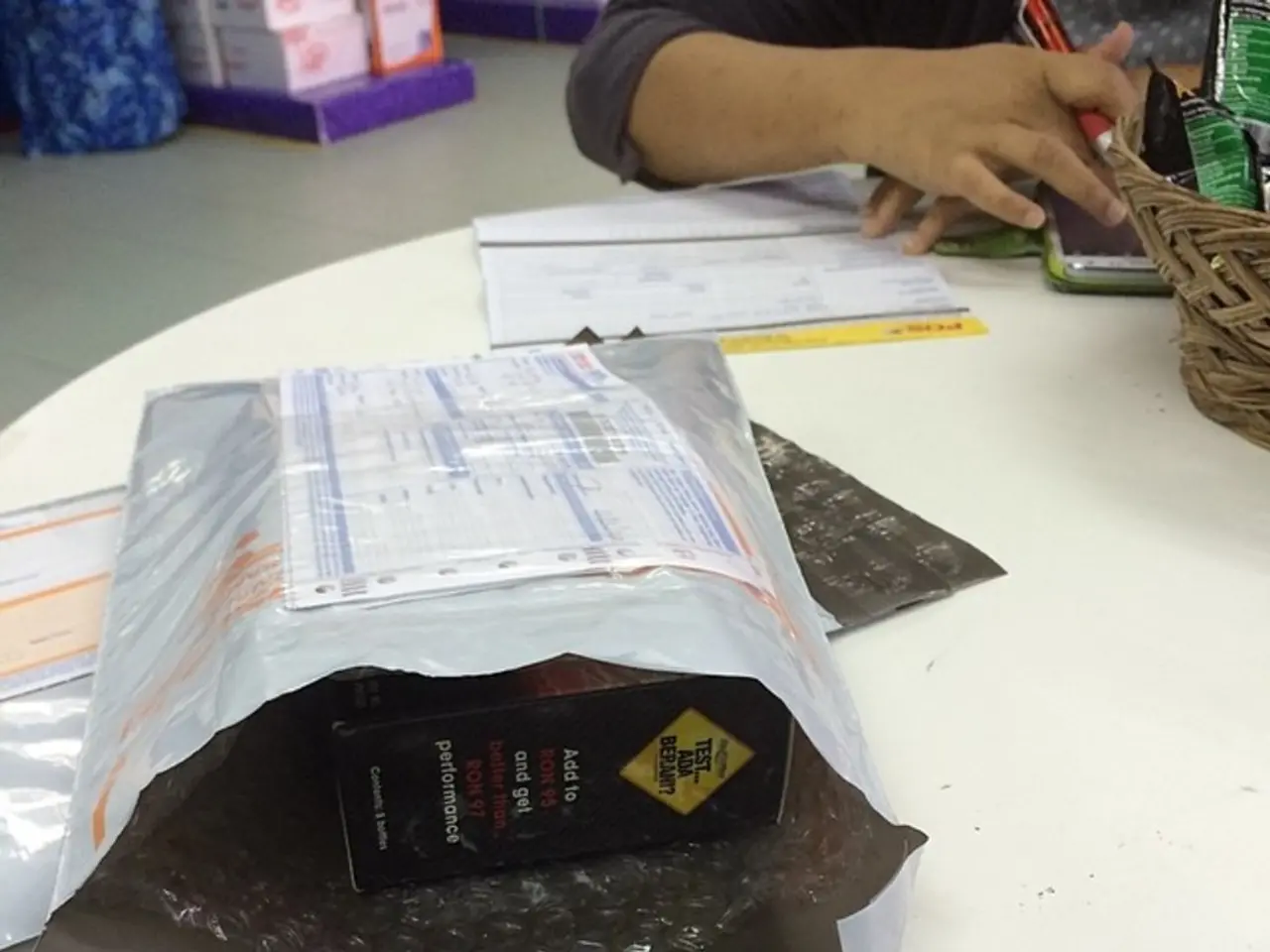Strategies for Developing a Food Delivery Application (Advising on Essential Features to Implement)
In the rapidly evolving world of on-demand services, an on-demand delivery app is a must-have for businesses seeking to enhance customer experience and operational efficiency. Here's a comprehensive list of essential and advanced features that can help create a competitive and successful delivery app.
For Customers
A user-friendly interface is the cornerstone of any successful app. To cater to customers, the following features are indispensable:
- User Registration and Login: Offer easy sign-up options via email, phone number, or social media accounts for quick access and account management.
- Order Placement: A smooth interface for selecting items/services and placing orders is a must.
- Real-time GPS Tracking: Integrate GPS technology to allow customers to track their delivery status live, enhancing transparency and trust.
- Secure Payment Gateway: Incorporate multiple payment methods including credit/debit cards, net banking, wallets, and Cash-on-Delivery (COD).
- Reviews and Ratings: Enable customers to provide feedback, boosting service quality and trust.
- In-app Call/Messaging: Provide communication tools for customers to contact the delivery person or support directly within the app.
- Push Notifications: Use alerts for order updates, promotions, and delivery status to keep customers engaged and informed.
- Smart Search and Filters: Implement these tools to help customers quickly find the right product or service.
For Service Providers (Drivers, Restaurants)
To attract and retain service providers, the app should offer the following features:
- Accept or Reject Orders: Allow service providers to manage requests based on availability.
- Availability Status: Enable service providers to set their working hours and availability.
- Earnings Tracker: Provide a tool for drivers or delivery personnel to monitor their income and plan efficiently.
- Menu or Inventory Management (for restaurants): Allow restaurants to update available items in real-time.
- Push Notifications: Use alerts for service updates or special announcements.
- Feedback Checking: Provide access to customer reviews for continuous improvement.
For Admins
To ensure smooth operation, the app should include the following administrative features:
- User Management: Oversee customer accounts, manage queries, and monitor payments.
- Driver/Service Provider Management: Track records, incentives, earnings, penalties, and promotions.
- Order Management: Efficiently handle multiple orders to ensure smooth operation.
- Payment Management: Monitor transactions and customize payment options.
- Real-time Analytics Dashboard: Provide insightful business data including order patterns, customer behaviour, demand forecasting, and geographic heat maps.
- Application Management: Ensure overall app performance, fix errors, and manage updates.
- Discounts and Offers: Facility to create and manage promotions to attract and retain users.
- Technical Assistance: Support for resolving technical issues promptly.
Advanced Features (Optional but Recommended for Competitive Edge)
To gain a competitive edge, consider incorporating the following advanced features:
- AI-Driven Matching Algorithms: Implement these to optimize delivery times and match supply with demand efficiently.
- Multilingual and Multi-Currency Support: Offer these for global scalability and wider audience reach.
- Data-Driven Business Intelligence: Use analytical tools for making informed strategic decisions based on customer insights and competition analysis.
In conclusion, a successful on-demand delivery app should offer a seamless user experience, operational efficiency, and business scalability. By incorporating the features mentioned above, developers can create an app that stands out in the competitive market and caters to the needs of customers, service providers, and administrators alike.
[1] [Source 1] [2] [Source 2] [3] [Source 3] [4] [Source 4]
- To further enhance the user experience, incorporate a section for discovering new gadgets and smartphones, offering product reviews, images, and specifications.
- Embed technology trends such as augmented reality (AR) into the ordering process for an immersive and interactive shopping experience, making the app attractive to tech-savvy customers.




